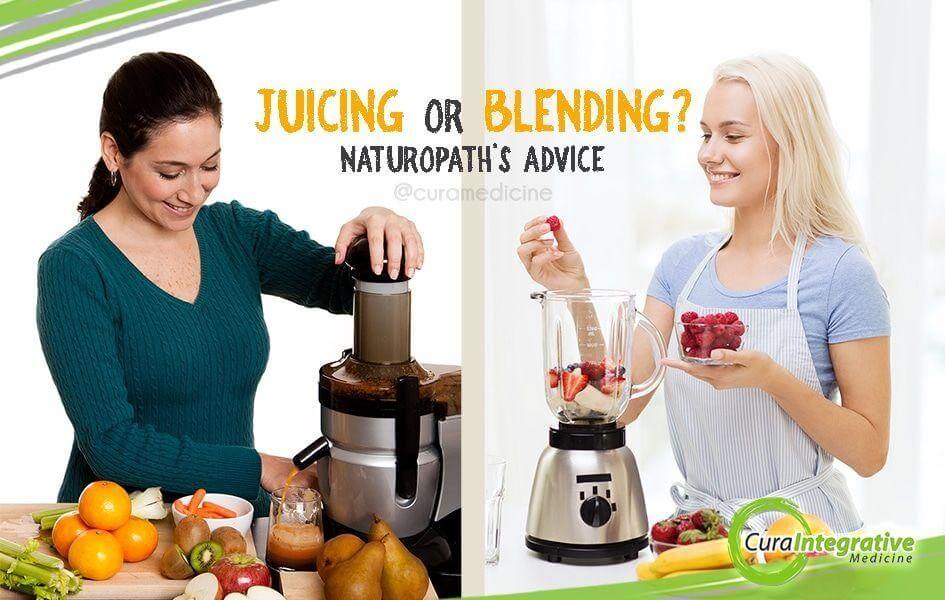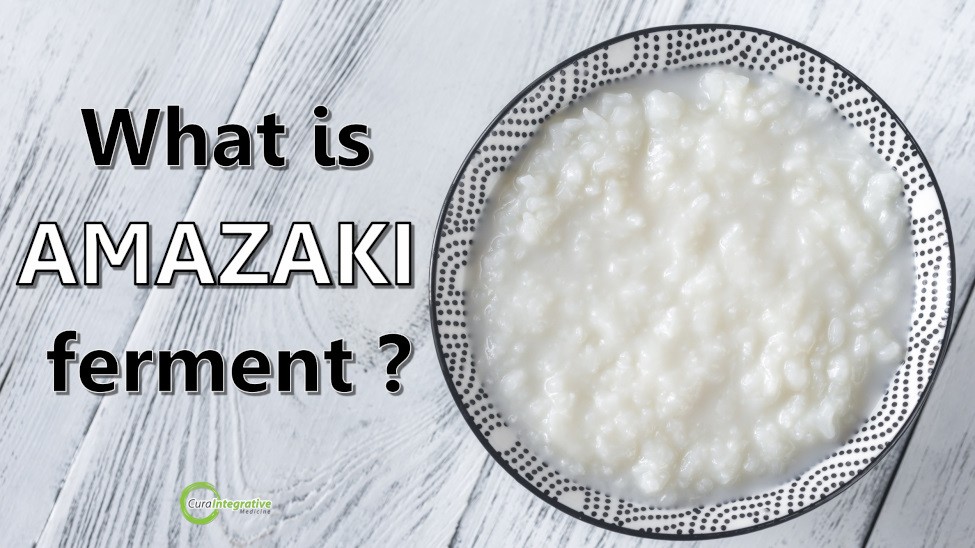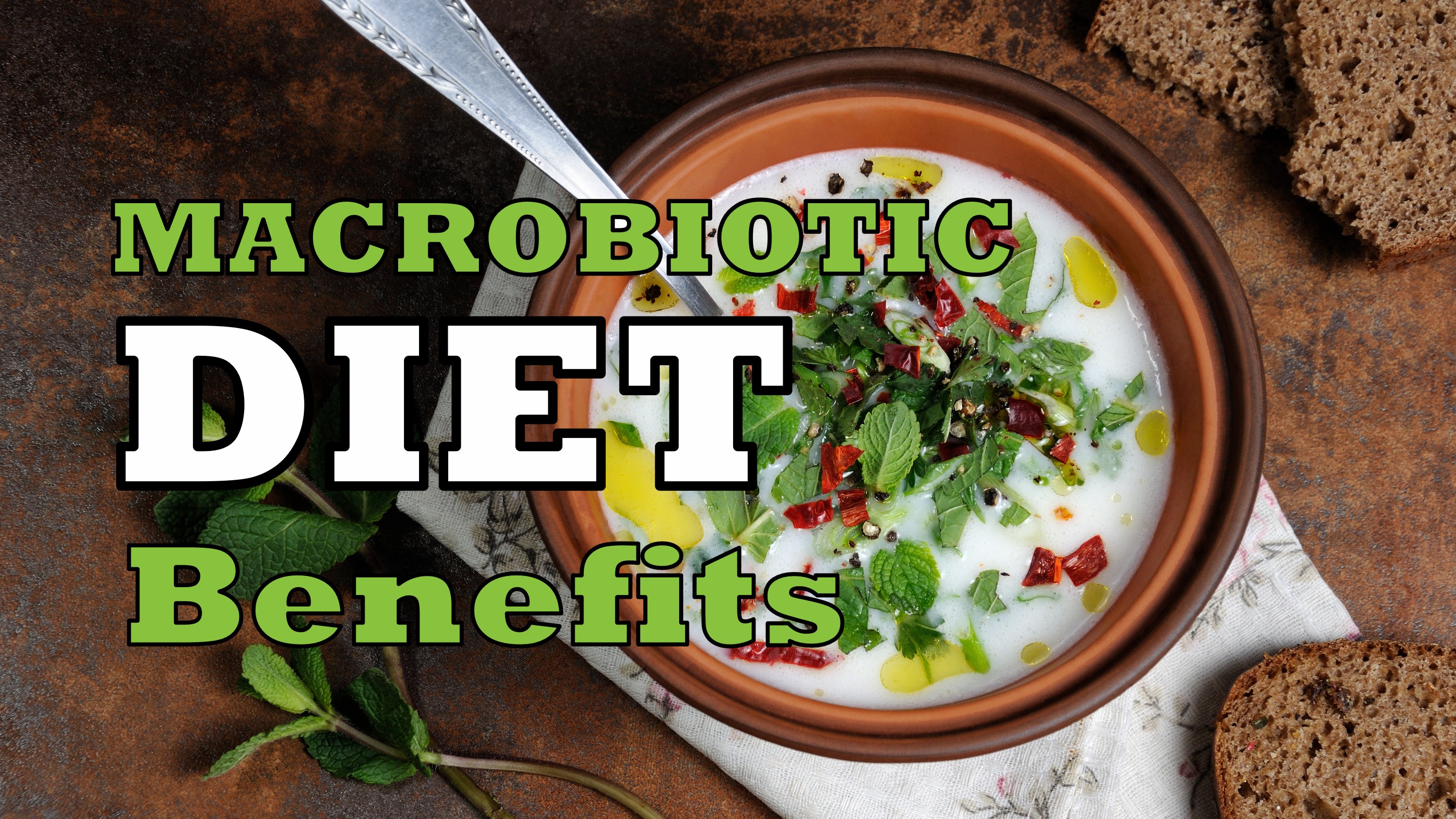Koji is a less known superfood found in a variety of macrobiotic foods. Containing Aspergillus oryzae, koji is used to make foods such as miso, amazaki and tamari. Read More…

Juicing or Blending? Naturopath in Perth Advice
Posted 21 Jun '16
Can’t decide whether you should go for juicing or blending? Buy a blender or a juicer? Both have become so popular over the last couple of years due to their benefits, but what are their differences? This article will help you with your choice between juicing and blending, straight from famous Naturopath, Perth, Shannon Burford!
Juicing Fruit and Vegetables
What is done:
- Extracts liquid from fruits and veggies.
- Fiber is left behind.
Benefits:
- All the nutrients that are in the juices are instantly absorbed by the body — due to the absence of plant fiber.
- More fruits and veggies can be consumed (thus, more nutrients) compared to just eating them in plain form.
- Lets the digestive system rest for a bit, also since fiber is not included.
- People who have sensitive digestive systems and cannot handle too much fiber, can enjoy the nutrients that come from plants. Thus, less stomach pains.
In simpler words:
- Maximum health benefits in gentle, easy-on-the-tummy, and easy-to-consume form.
Advisable for:
- Those who are aiming on healing, or tissue or cell repair.
Some caution though:
- Since fiber is absent, hunger might come back quickly.
- If only juicing fruits, this would cause blood sugar to spike rapidly. When blood sugar levels are unstable, this can cause mood swings, memory problems, decrease in energy, and more.
Blending Fruit and Vegetables
What is done:
- Ingredients are pureed and blended into smoothies, including the fiber.
Benefits:
- Fiber ensures a slow and steady sugar absorption since fiber is broken apart, avoiding sugar spikes.
- Some foods cannot be used on the juicer but can be made into smoothies, such as sprouts.
- Nut butters and superfood powders may be blended into the smoothie.
- With the presence of fiber, smoothies can help feel fuller longer.
- Great to drink as a breakfast, or in-between meals throughout the day.
In simpler words:
- Well-rounded and convenient, if filled up with lots of nutrient-packed ingredients.
Advisable for:
- Those who are watching their blood sugar, and those who are trying to increase their fiber intake.
Best to remember whether juicing or blending:
- Combining fruits and vegetables may affect how well the digestive enzymes function. Best not to combine them, unless it’s apple. Some vegetables such as broccoli, zucchini, carrots, and beetroots just don’t combine well with fruits due to high starch content. Doing so may lead to gas. On the other had, green leafy vegetables have been shown to blend well with fruits. Personally I prefer a blend of 95% veges with a little hint of fruit.
- Drink the juice or smoothie right away. If there’s some leftover, store in a dark, airtight container. If left exposed beyond 15 minutes, light and air will destroy most of the nutrients.
So… Which do you prefer? Juicing or blending? A nutritionist would go for the blended one as it helps with many chronic conditions such as fibromyalgia, but you might think differently! What do you think? Leave a comment below.
Have questions or need to know more? Get in touch!





